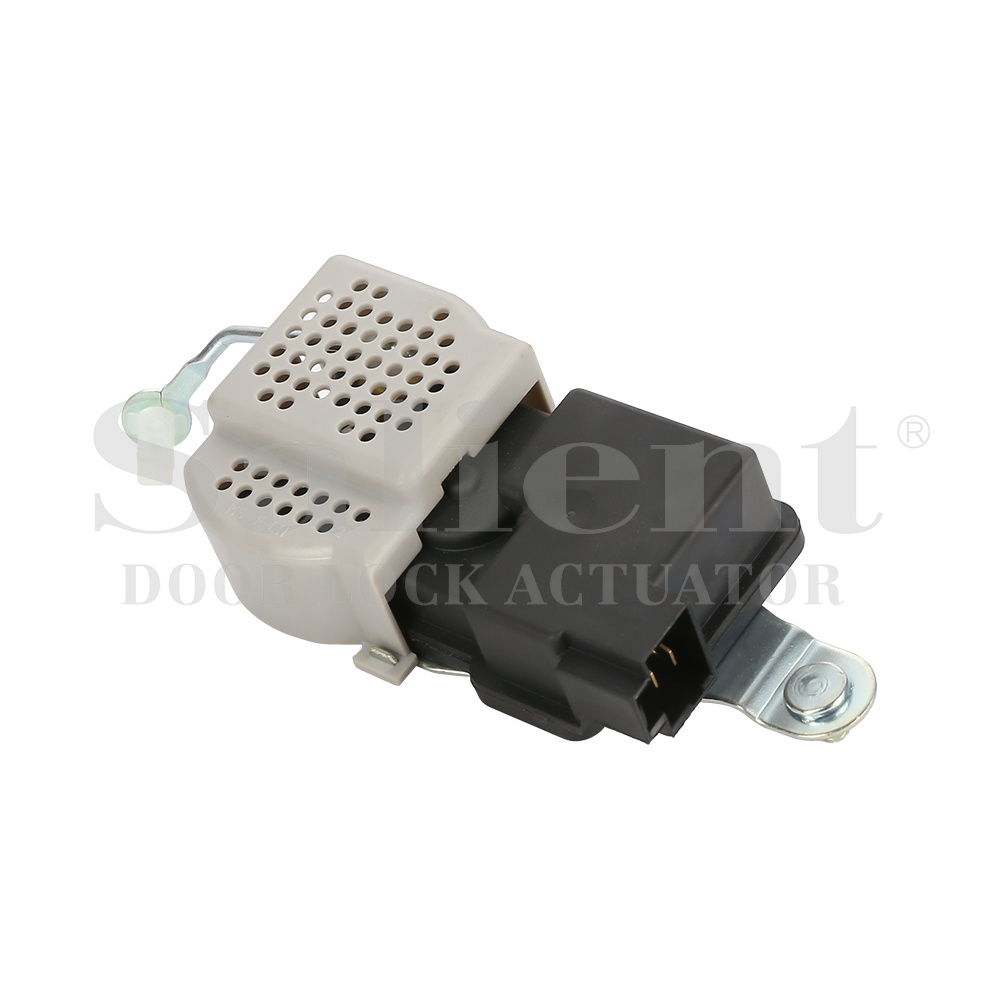Car door locks are one of the most fundamental yet vital components of vehicle security. Over the years, automotive door lock systems have evolved from simple mechanical mechanisms to highly sophisticated electronic systems, providing not only safety but also convenience.
The first car door locks were introduced in the early 20th century, primarily consisting of mechanical systems designed to secure the vehicle and prevent unauthorized entry. Early systems used simple locking pins and levers, which were manually operated by turning a key. These basic mechanical locks offered limited security, as they could be easily picked or bypassed by thieves.
As the automobile industry grew, so did the need for improved security. In the 1950s, the first modern car door locks were introduced, featuring more complex locking mechanisms that were harder to pick. By the 1970s, car manufacturers began implementing keyless entry systems that allowed drivers to unlock their car doors remotely, paving the way for the electronic systems we use today.
Mechanical car door locks are the most basic and traditional form of locking mechanisms. They consist of a locking cylinder that uses a physical key to engage or disengage the locking mechanism. While they are simple and inexpensive to produce, they are relatively vulnerable to tampering or forced entry.
Central locking systems, introduced in the 1960s and 1970s, revolutionized the way we lock and unlock our cars. These systems allow the driver to lock or unlock all doors simultaneously with the turn of a single key or the press of a button. Central locking systems are often powered by an electric motor that controls a rod or linkage inside the door, activating the locking mechanism.
Keyless entry systems, or remote entry systems, use a transmitter and receiver to unlock and lock car doors from a distance. This technology became widely popular in the 1990s. A key fob transmits a unique radio frequency signal to the car, which unlocks the doors when the driver presses a button. Keyless entry has become a standard feature in most modern vehicles for added convenience and ease of use.
Keyless ignition systems take the keyless entry concept a step further. These systems allow the driver to start and stop the vehicle without inserting a physical key. Instead, the driver simply carries a key fob and presses a button to start the engine. This system enhances both convenience and security by eliminating the need for traditional keys.

The advent of smart technology has led to the development of advanced car door locks. Smart locks can be integrated with smartphones, enabling drivers to lock and unlock their vehicles through an app. These systems often use Bluetooth, Wi-Fi, or NFC (Near Field Communication) to communicate with the vehicle, adding an extra layer of security and control for the driver.
Modern car door locks are often motorized and use electronic components to engage the locking mechanism. These systems provide more precise control and are harder to tamper with compared to traditional mechanical locks. Motorized locks can be activated remotely, allowing the driver to lock or unlock the car from a distance.
Biometric security systems are one of the most innovative advancements in vehicle security. These systems use fingerprints, facial recognition, or even iris scanning to unlock car doors. The technology is still relatively new but is expected to become more common as the demand for higher security grows.
Many modern car door locks come equipped with anti-theft features designed to prevent unauthorized access. These can include rolling-code technology, which changes the frequency code each time the car is unlocked, or encrypted signals that are difficult to intercept or hack. These systems make it much harder for thieves to bypass the locking mechanism and gain entry into the vehicle.
Proximity sensors, often found in keyless entry systems, detect the presence of the driver’s key fob. When the fob is within a certain range, the car door locks automatically unlock, and the car can be started with the push of a button. This system adds an extra layer of convenience, eliminating the need for the driver to physically press a button to unlock the doors.
Modern car door locks are often integrated into broader vehicle security systems that include alarms, GPS tracking, and immobilizers. These systems work together to protect the vehicle from theft by notifying the owner of unauthorized access and tracking the car’s location if it is stolen.
As the automotive industry continues to innovate, the future of car door locks will likely see even more advanced features and security enhancements. Some of the key trends to look out for include:
Biometric car door locks are expected to become more refined and widely adopted. With advances in artificial intelligence and biometric recognition technologies, future systems may include voice recognition, palm prints, or even DNA analysis as methods of verifying a driver’s identity.
With the rise of smart home technology, car door locks may become integrated with home automation systems. For example, you could unlock your car doors from your smartphone as you unlock your front door, or use voice assistants like Amazon Alexa or Google Assistant to control the locking system.
As vehicles become more connected, car door locks will require even stronger cybersecurity measures to prevent hacking and unauthorized access. Expect the integration of encryption algorithms, two-factor authentication, and advanced security protocols to safeguard against digital threats.
Future car door locks may feature even more advanced automation, such as automatic locking when the driver walks away or automatic unlocking when the driver approaches the vehicle. This could be based on proximity sensors or smartphone apps, further enhancing convenience and security.


 English
English Español
Español
.jpg)



-1.jpg)


-1.jpg)
.jpg)
.jpg)
.jpg)
.jpg)

